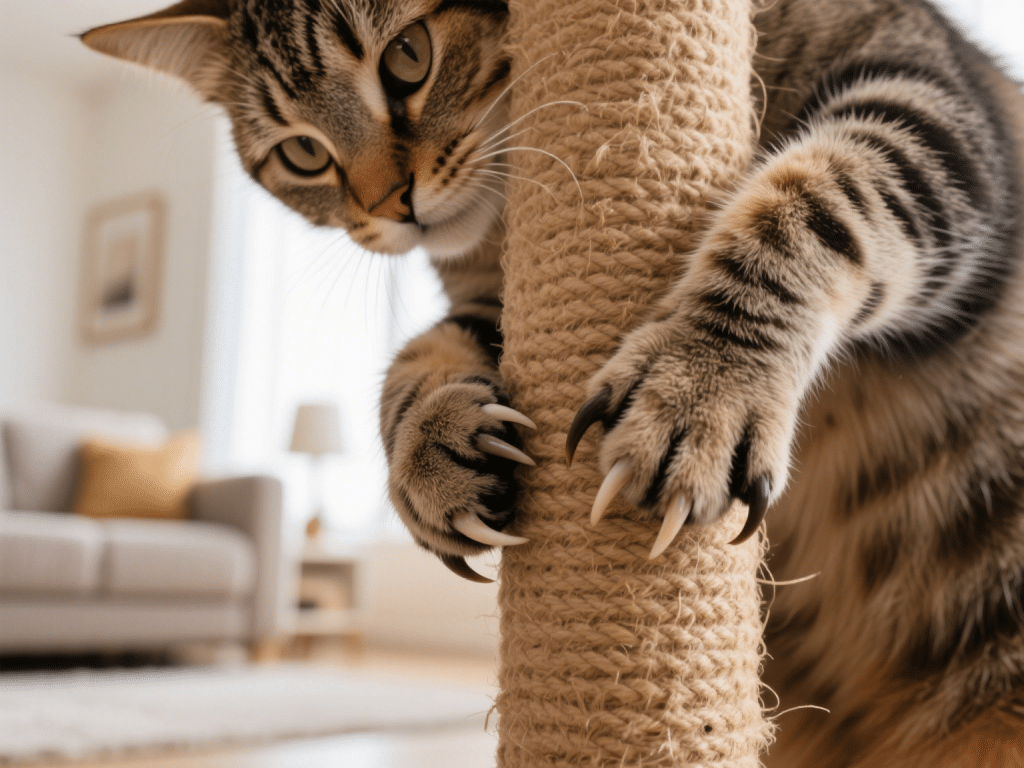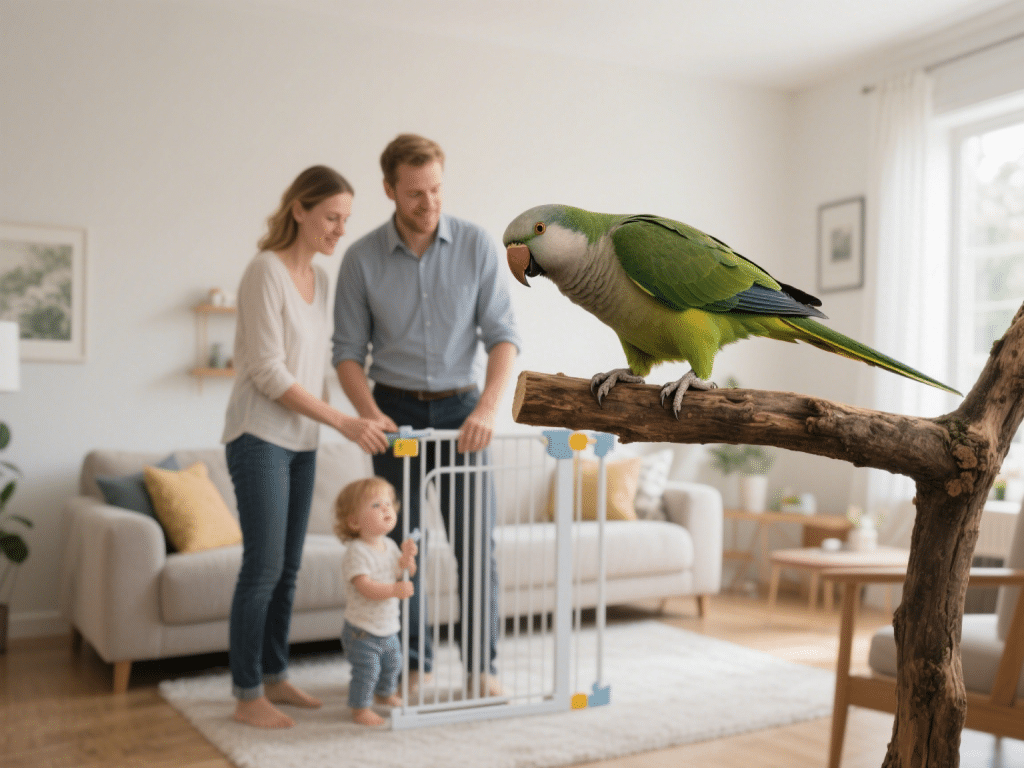
Cat Scratching Demystified: Why Cats Scratch and How to Protect Your Furniture
From shredded couches to torn wallpaper, scratching can feel like a battle you’re destin...

A cat refusing its litter box can create stress for both pet and owner. Often, hidden medical or environmental factors—not spite—drive this behavior. As a feline behavior consultant and long-time cat rescuer, I’ve helped owners untangle litter box mysteries. Here’s a systematic, compassionate guide to diagnosing and solving litter box aversion.
Approximately 50% of litter box problems stem from health concerns:
Urinary Tract Infections (UTIs)
Bladder Stones
Constipation or Diarrhea
Arthritis (making entry/exit painful)
Schedule a veterinary exam and basic urinalysis before altering your cat’s environment.
Box Quantity: One per cat + one extra. E.g., two cats = three boxes.
Box Type: Open shallow trays for older cats; covered boxes for those who prefer privacy.
Location: Quiet, accessible areas—avoid noisy laundry rooms or busy hallways.
Litter Choice: Unscented, fine-grained clay or plant-based litter. Avoid strong fragrances that deter use.
Depth: Maintain 2–3 inches of clean litter; scoop daily and fully replace weekly.
Stress & Territory: New pets, visitors, or household changes can provoke marking. Provide vertical territory (cat trees) and safe hiding spots.
Box Aversion Spots: Clean accidents outside the box with enzymatic cleaners. Avoid ammonia-based cleaners that mimic urine smell and encourage repeat marking.
Confine Temporarily: Place your cat in a small room with litter, food, and water for 1–2 weeks, then gradually reintroduce to the home.
Positive Association: Place treats near the box’s entrance whenever your cat uses it.
Enticement: Gently place your cat in the box after meals or naps to remind them of the proper spot.
Play Sessions: Redirect stress through interactive play (feather wands, laser toys).
Comfort Zones: Offer cozy beds and vertical perches to reduce anxiety.
Pheromone Diffusers: Feliway® products can soothe territorial tension.
Litter box avoidance is rarely about “naughtiness.” By partnering with your veterinarian, refining box setup, and implementing patient retraining, you’ll restore confident, consistent litter habits—and a harmonious home.

From shredded couches to torn wallpaper, scratching can feel like a battle you’re destin...

If you’ve ever watched your cat roll ecstatically across the rug after a sprinkle of cat...

Pet birds bring color, song, and intelligence into our homes—but their curious nature an...

Dogs are intelligent, social animals who thrive when their minds and bodies are both engag...

IntroductionCar travel can be stressful for cats, who often associate carriers and vehicle...

IntroductionAdequate hydration is critical for your pet’s health—supporting kidney fun...
Comments on "Cat Litter Box Troubles: How to Get Your Feline Back on Track" :